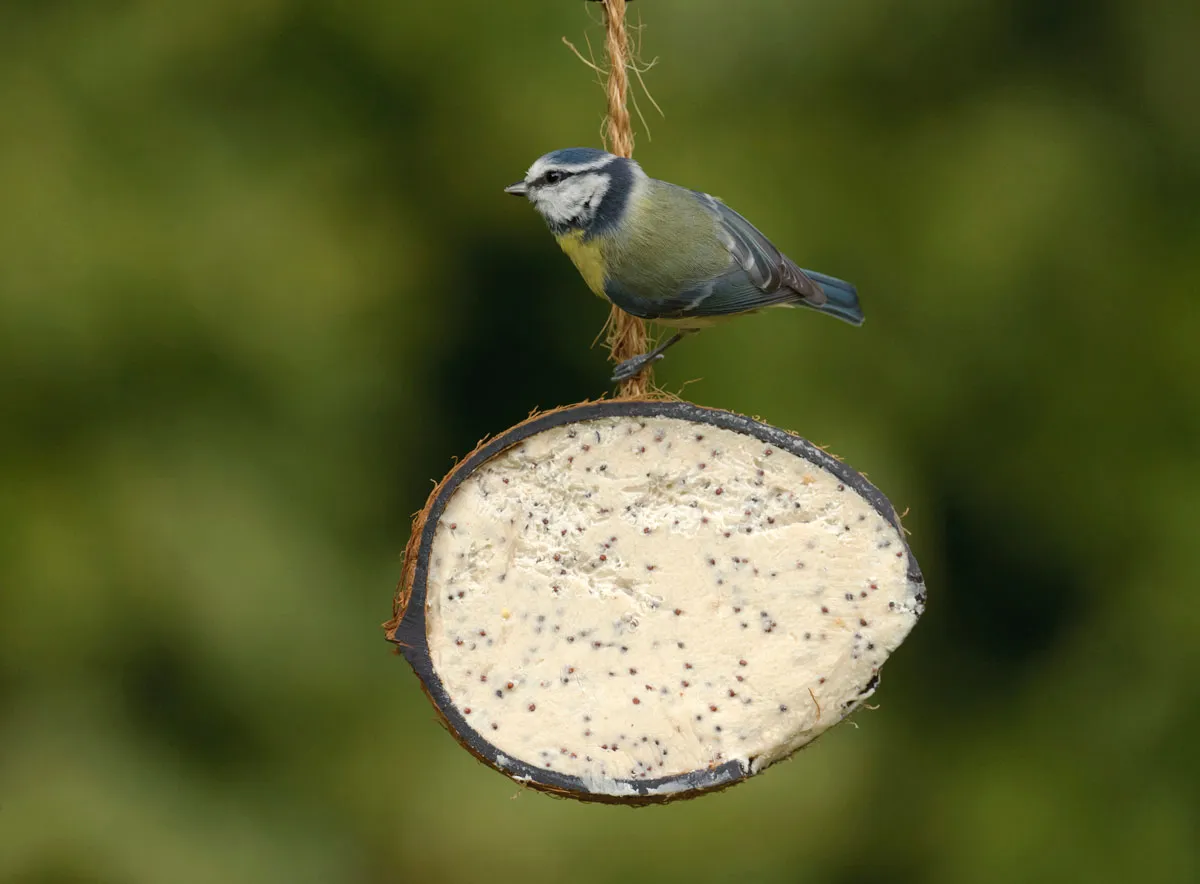That’s according to the results of the RSPB Big Garden Birdwatch 2017, which saw more than 497,000 people take part in the 2017 birdwatch count to record over 8 million birds in January.
The survey found that the average number of robins visiting gardens is at its highest level since 1986, helping the species climb two places to number seven, its joint highest-ever position in the Big Garden Birdwatch rankings. Blackbird was another success story, moving to number three and becoming the UK’s most widespread garden bird after being spotted in more than 93% of UK gardens.
In addition, waxwings were seen in around 11 times more gardens in 2017, compared to the last couple of years, while goldfinch numbers have been found to increase by 44% since 2007. Large numbers of waxwings are only seen in large numbers once every seven to eight years in the UK.

There was also a large increase in the number of visits from other migrant birds, including redwing, fieldfare and brambling, as the sub-zero temperatures on the continent forced them to go in search of milder conditions.
Dr Daniel Hayhow, RSPB Conservation Scientists, said: “The sight of a robin or blackbird perched on the garden fence is often one of the first experiences we have with nature. So to have over half-a-million people taking part and counting a bumper eight million birds across one weekend is amazing. Using the information from the weekend we’ll be able to create a snapshot of how our garden birds are doing.
“In the lead up to the Birdwatch there was some speculation as to whether we could see a ‘waxwing winter’ and the results prove that to be the case. Flocks of these striking looking birds arrived in the UK along the North Sea coast and will have moved across the country in search of food, favouring gardens where they can feast on berries.”
However, it wasn’t all good news as the survey also recorded a downturn in the sightings of blue tits (-11%), great tits (-10%) and coal tits (-14%) on last year’s figures.
While still retaining the second spot on the list, starling numbers were found to be down by 79% since the first birdwatch count in 1979.
Dr Hayhow added: “Numbers of small bodied birds such as blue tits and great tits are susceptible to changes in weather throughout the year, and scientists believe that the prolonged wet weather during the 2016 breeding season led to fewer younger birds surviving than usual, meaning there are fewer to be seen in gardens.”
This year’s results also pointed to the positive effects that wildlife friendly gardens are having on bird behaviours, with sightings increasing for sixteen of the top 20 bird species between 2016 and 2017.
Claire Thomas, RSPB Wildlife Advisor, said: “This year was another incredible year for the Big Garden Birdwatch, with our favourite garden birds like starlings, robins and goldfinches, joined in the gardens up and down the country by more unusual visitors. Our gardens can become an invaluable resource for birds – throughout the year birds need food, water and a safe place to shelter. If we all provide these things in our outdoor spaces it will be a huge help to our garden birds, perhaps even playing a role in reversing some declines.”


